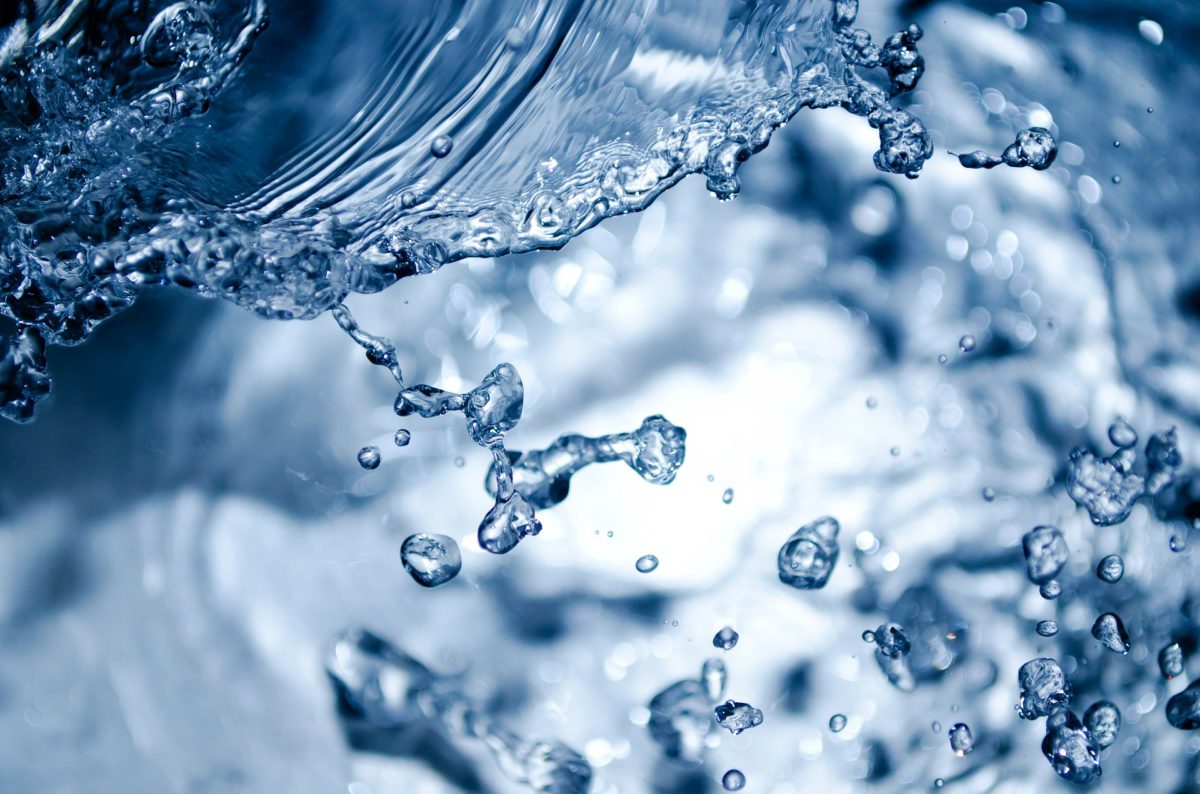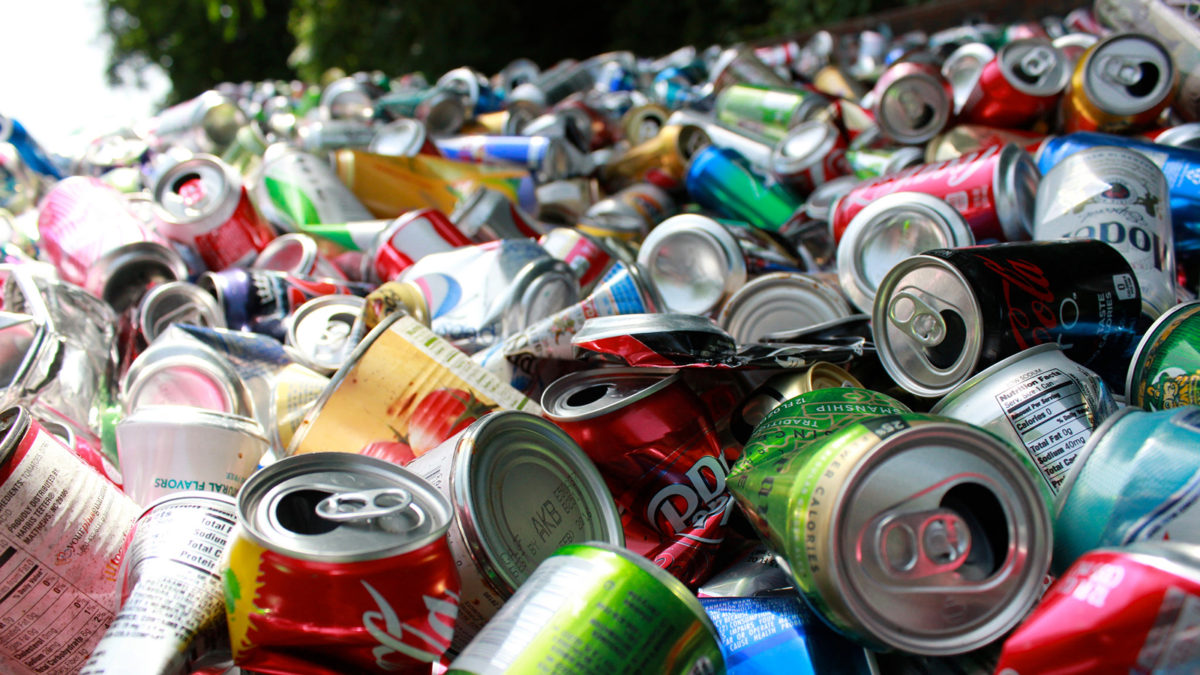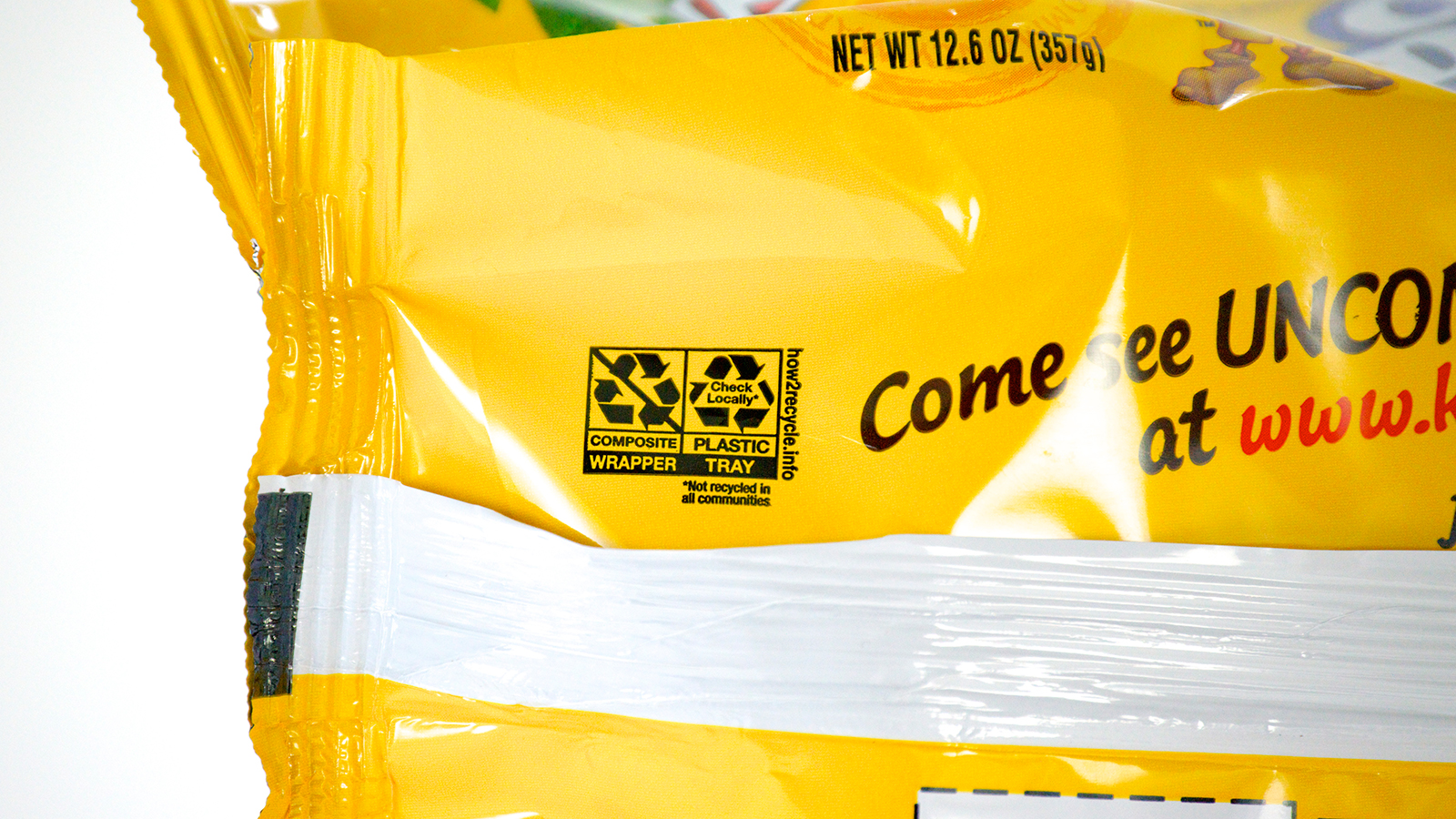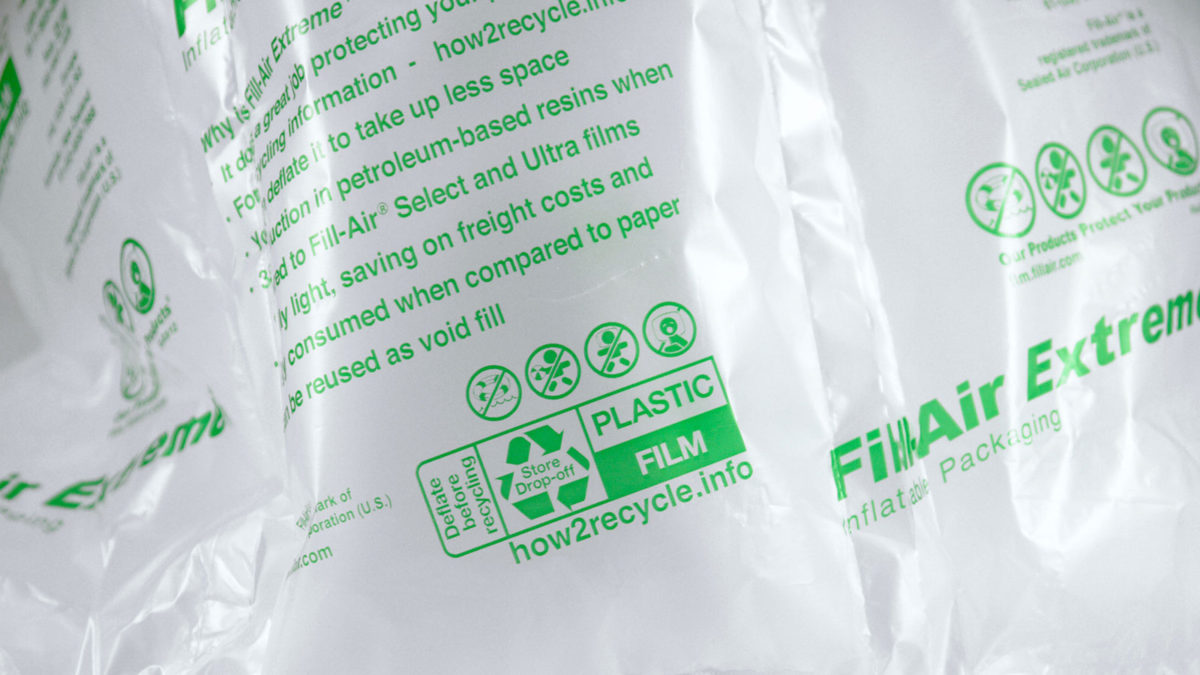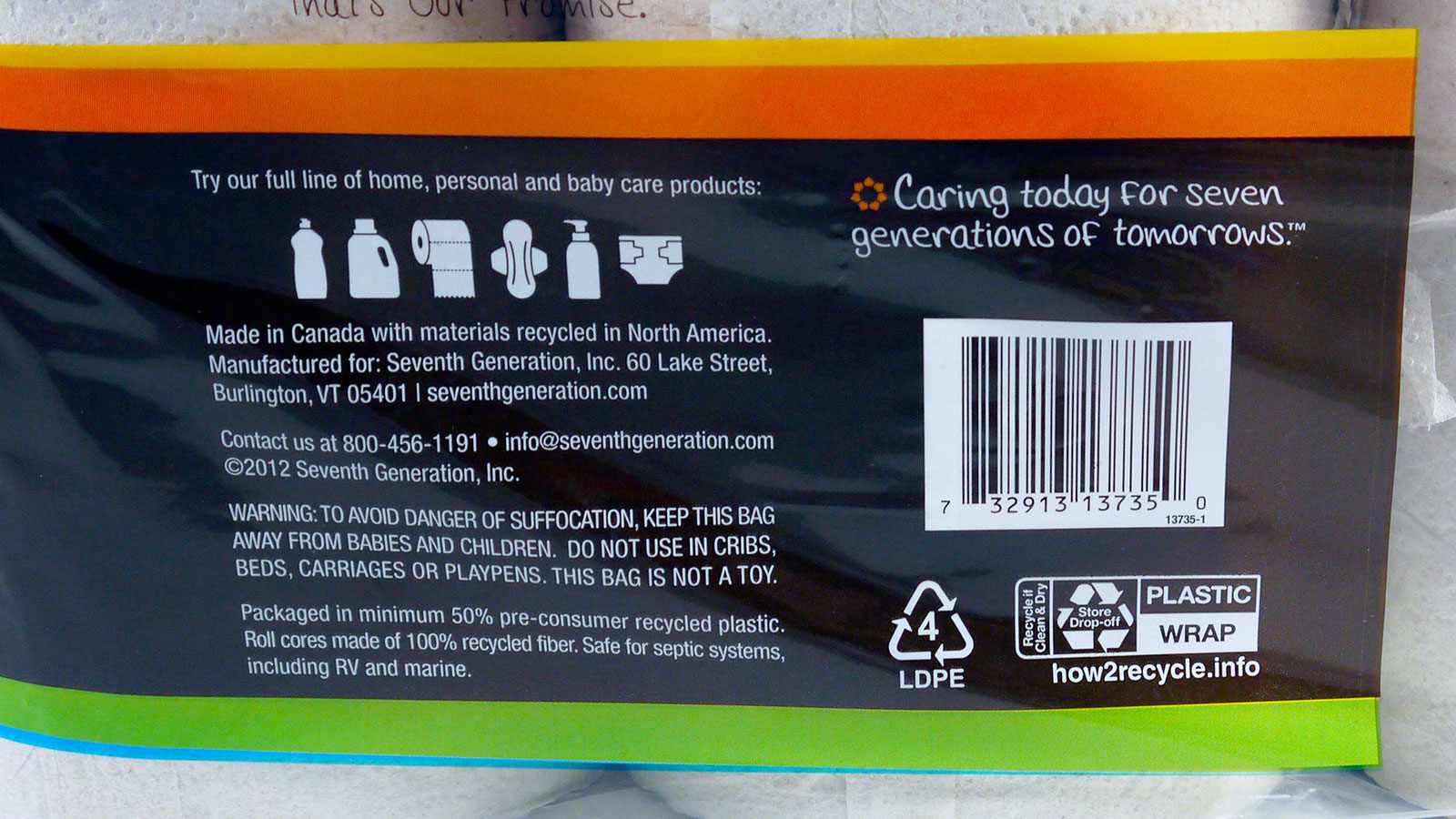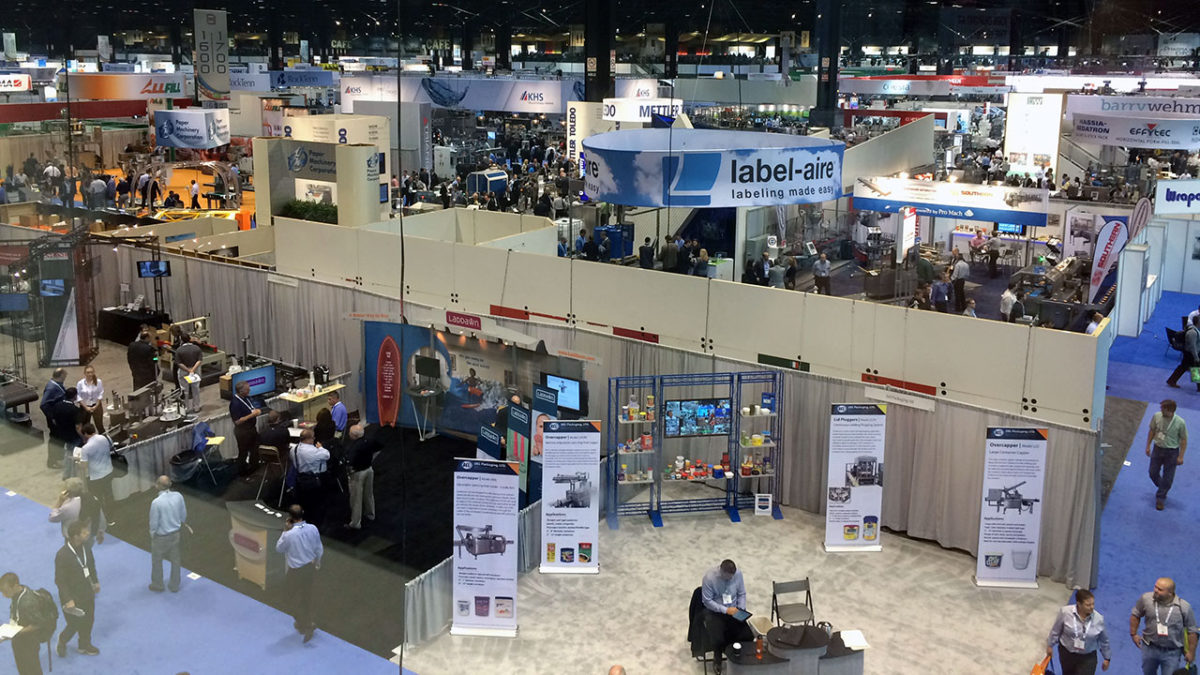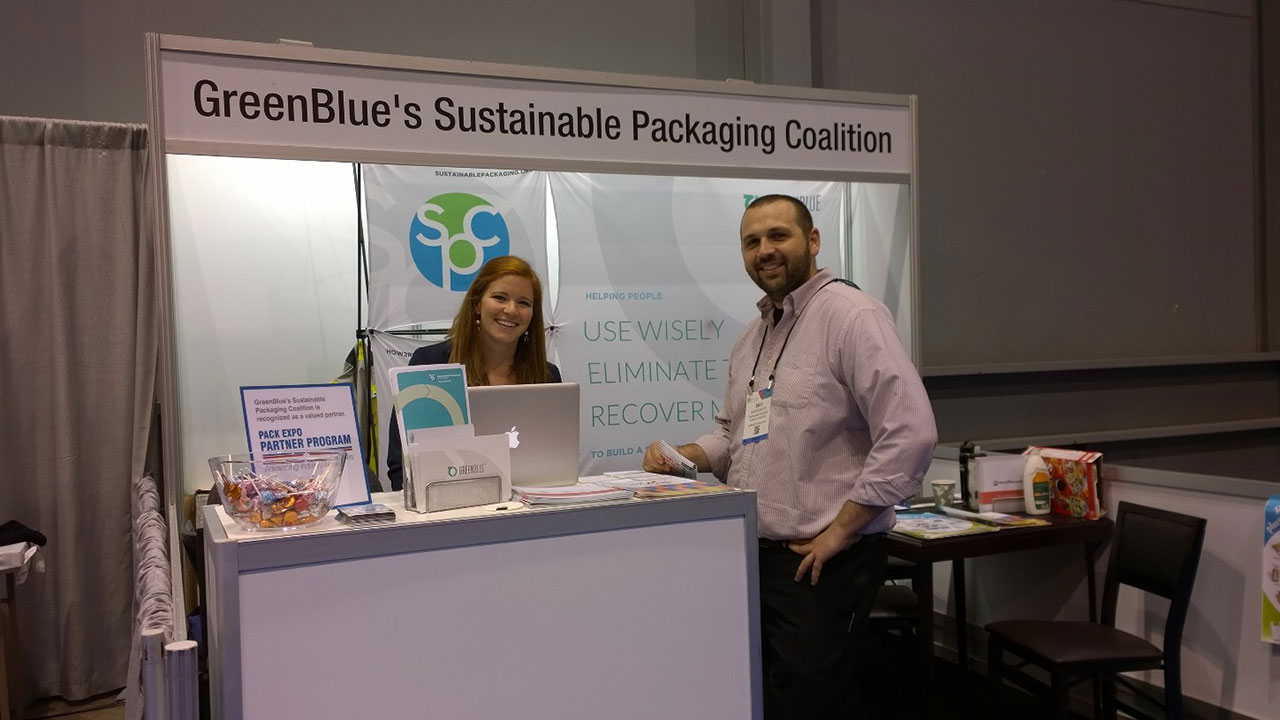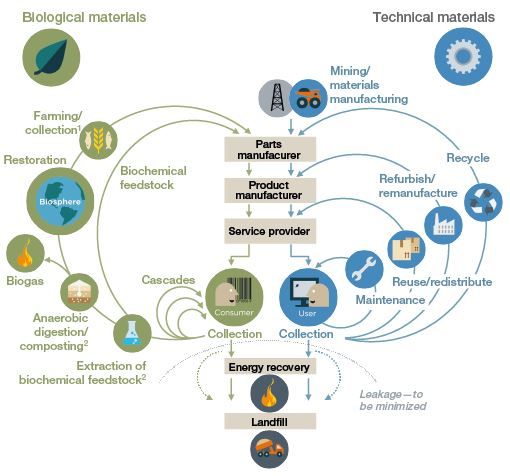As children we are all taught a few of the fundamental ways to act environmentally friendly, including turning off the lights when you leave a room, turning off the faucet immediately after use, shutting doors and windows when the air conditioner is running, and recycling as much as possible. But what do we do when one of these sustainable acts negates the other?
People recognize recycling as a simple way to protect the environment. Unfortunately, depending on the material being recycled, the act of recycling can expend a large amount of water. For example, appropriately recycling plastics often means using a lot of water to ensure the package is decontaminated before putting it in the bin. On the How2Recycle Label, we provide instructions such as “Rinse Before Recycling,” “Rinse Tray,” and “Rinse and Replace Cap” to remind consumers to remove contamination before recycling the package.
In regions such as the Western United States, people might opt to conserve water and throw away a package rather than waste a resource that is currently insufficient in the area. Recycling to conserve materials versus not recycling to conserve water… it’s quite the apples to oranges comparison. I’m hoping a few at-home experiments, will give us a better feel for how much water it takes to recycle different plastic packages.
I used a couple items from my lunch today for the experiment:
1) A spaghetti frozen meal packaged in a polypropylene tray. A meal that left quite a bit of food residue on the package after consumption. It took me about 3 cups (.7 liters) of water to clean this item enough to recycle it appropriately.
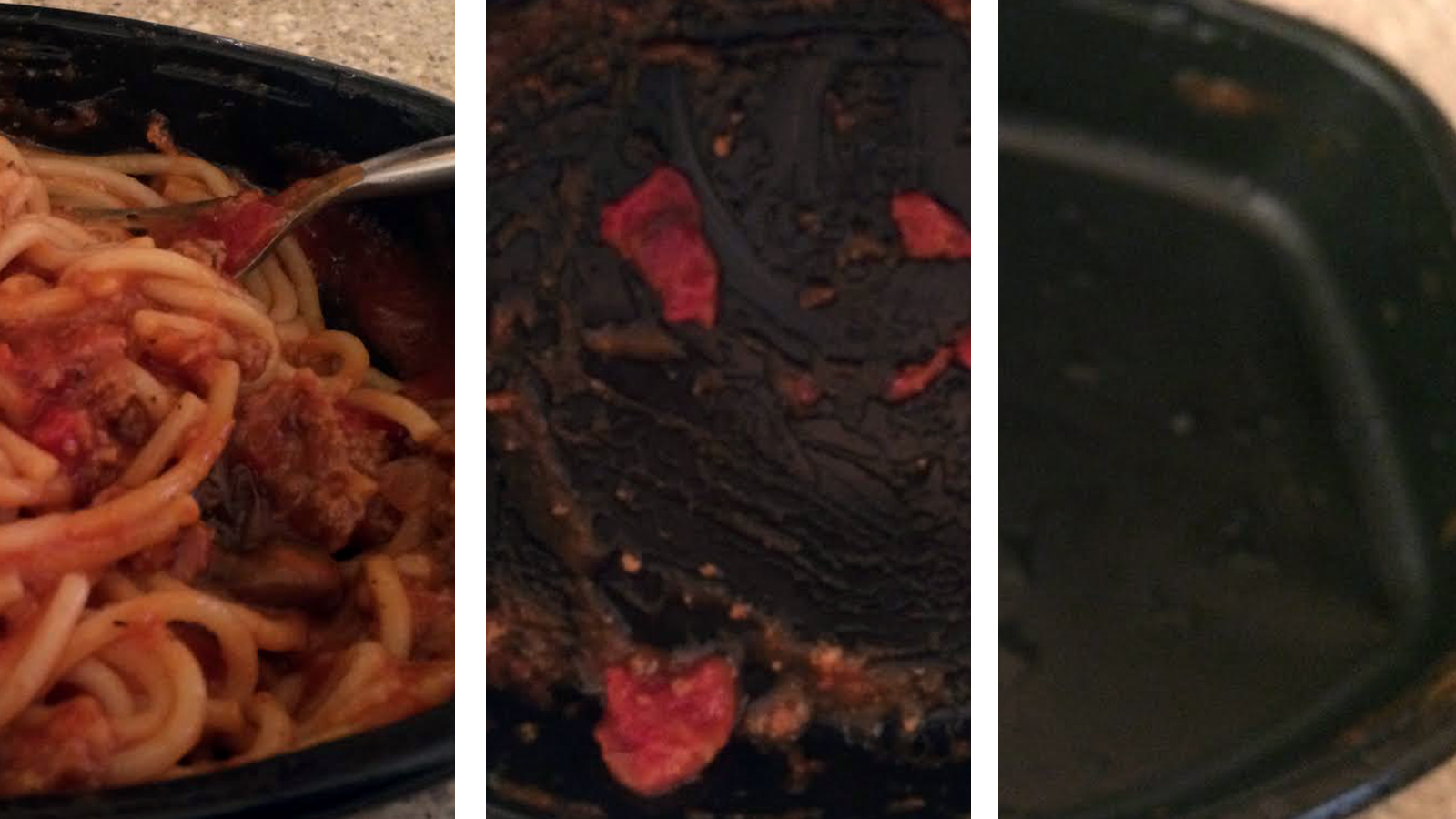
2) Yogurt in a polypropylene tub (don’t worry, I didn’t eat the whole tub…). Due to the product’s soft texture the yogurt did not stick to the sides of the tub much, and I was able to clean the package out for recycling with about 1.5 cups (.35 liters) of water.
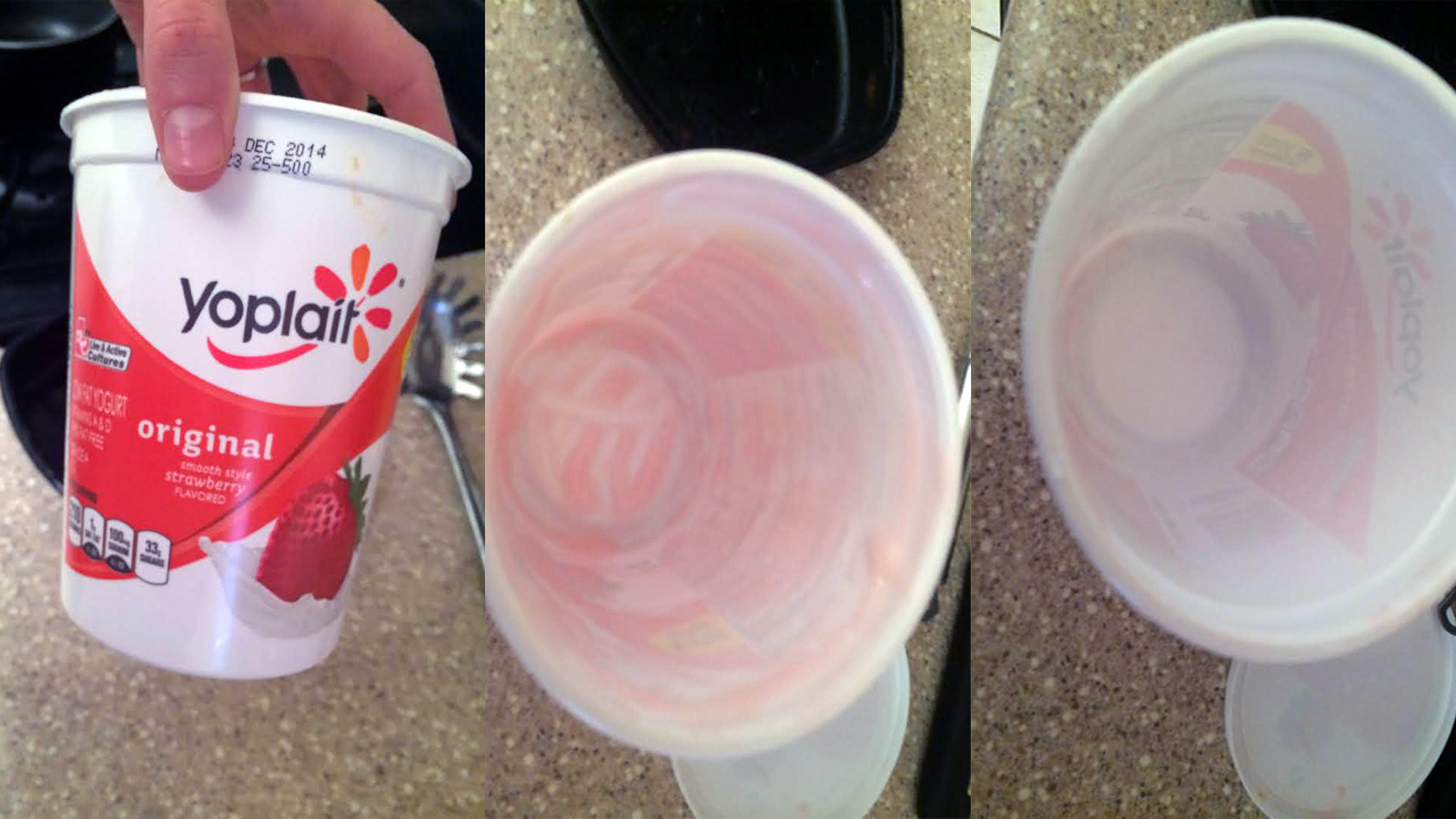
Using the anecdotal evidence from my at-home lunch experiment, preparing truly recyclable packages to be recycled doesn’t have to be wasteful at all. In fact, you know all of the water you used to wash your big frying pan? Don’t let it immediately go down the drain. Instead, reuse the water to rinse out your packages. Remember, packages don’t need to be sparkling clean, they simply need to be clean enough to avoid contaminating the recycling stream.
